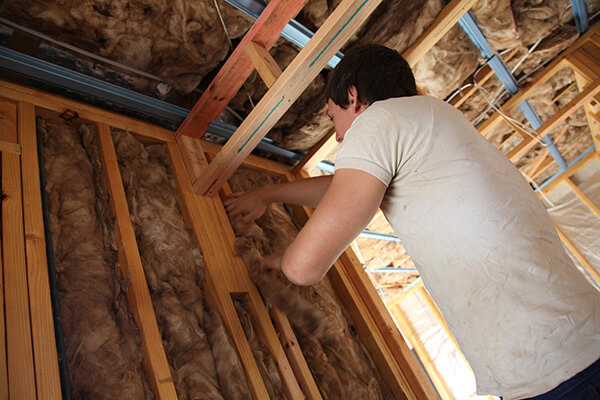Home Insulation & Your Energy Bill
This time of year, homeowners often consider ways to save money. This especially rings true when it comes to heating bills during the winter. We’ve already outlined some great tips and tricks to help save on your heating bill but we also wanted to point out a separate factor that impacts virtually all homes: Insulation. In this article we’ll detail some key considerations you should keep in mind this season regarding your home’s insulation and some indicators that may suggest you are in need of an inspection.
What is insulation?
Simply put, insulation is a type of material that serves as an added barrier between your home and the outdoors. It can be found in attics, walls, crawlspaces, ceilings, garages etc… Although there are different types, the purpose of insulation is to help maintain your interior temperature without having to constantly run your HVAC unit. It is quite likely that there is already insulation in your home whether you are aware of it or not.

How can insulation impact your heating costs?
You can expect a poorly insulated home to have a much higher energy bill than a properly insulated home. This especially holds true during the colder months of the year. Regardless of what type of primary heat you have (i.e. – propane, heating oil, natural gas, electric), proper insulation will work to keep the cold out and the heat in. If a home is poorly insulated, your HVAC system will be forced to use larger amounts of energy to maintain an optimal interior temperature.
Indicators your home may have insulation problems:
There are numerous warning signs that may indicate that your home is in need of an insulation inspection. Let’s review just a few:
- Cold Drafts – Do you constantly notice that there is cold air coming from a particular area of your home? There is a good chance that this issue is stemming from an insulation problem.
- Inconsistent Temperatures – Does it feel like every room is a different temperature in your home? This might serve as an indicator that certain areas are more properly insulated than others.
- The Wall Test- When you touch an interior wall of your home does it feel warm and dry? This is a good sign that your insulation is working properly. However, if the wall feels cold or even damp this may be cause for concern.
If you’re concerned that a particular wall might be lacking insulation all together a non-invasive test you can perform yourself is a visual inspection through a wall outlet or light switch. All you usually need is a screwdriver to remove one of these panels. You should then be able to see along the edges of the outlet whether or not insulation is present. Please note: For your own safety we do not recommend any further exploration with this test other than unscrewing the wall panel and putting it back in place.
How to Improve Your Home’s Insulation?
Lucky for you there is no need to gut the drywall of your entire home to improve your insulation. With modern solutions such as injection foam, upgrading your home’s insulation can be a relatively simple process depending on the area in question. We always recommend scheduling an inspection with an insulation company near you as a good starting point
